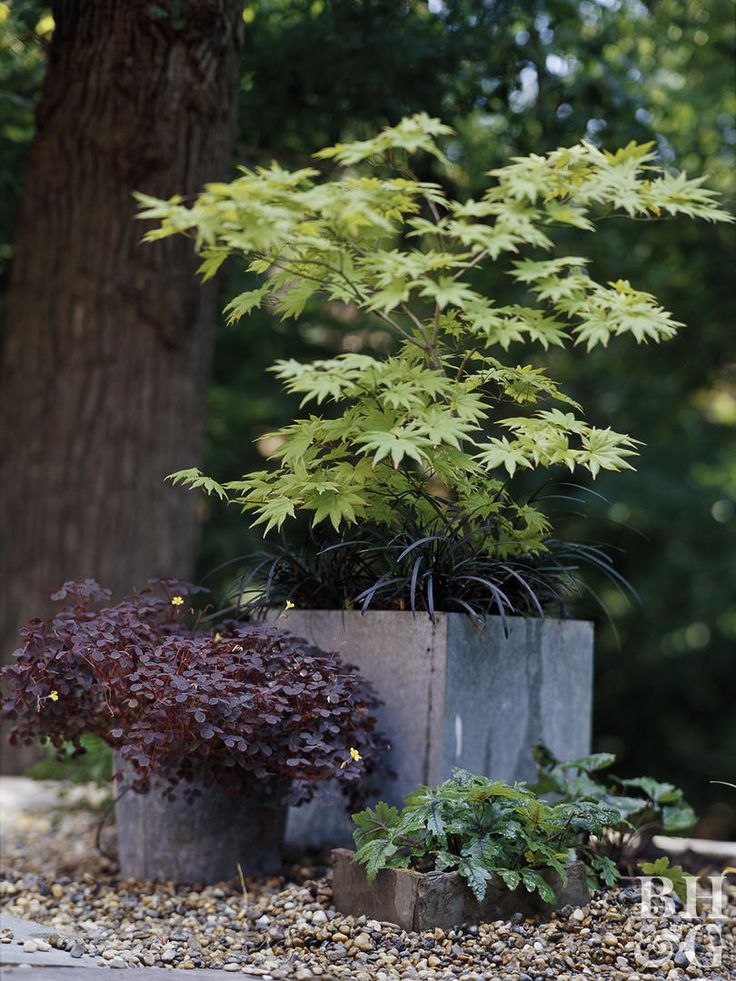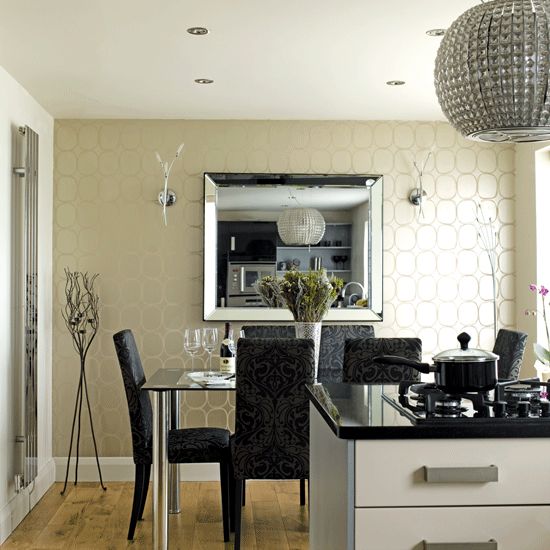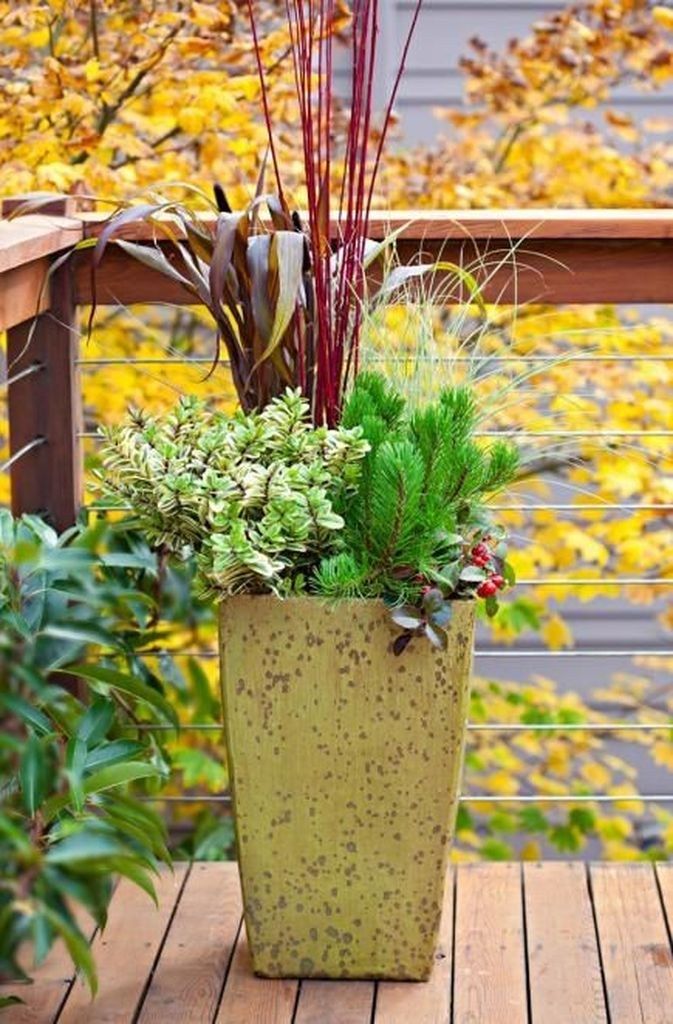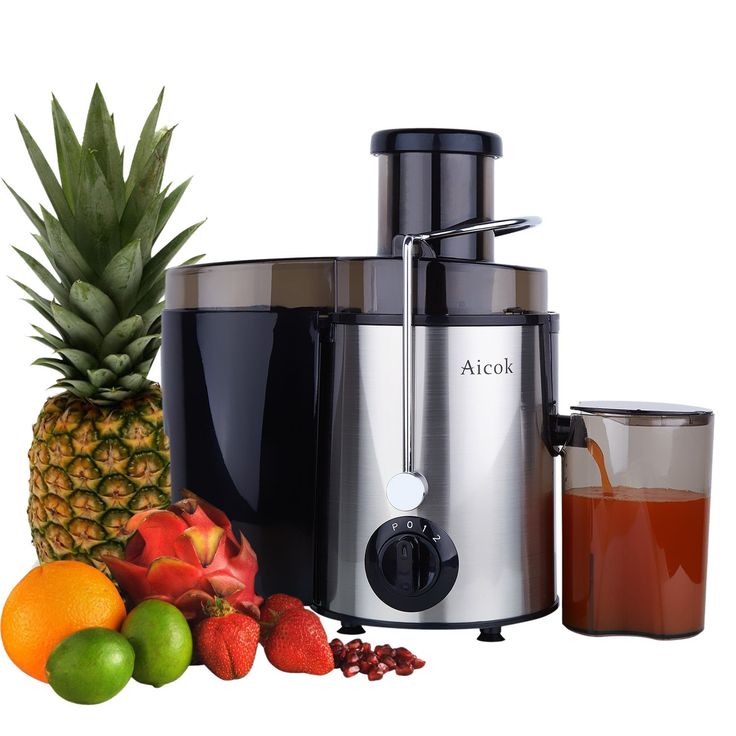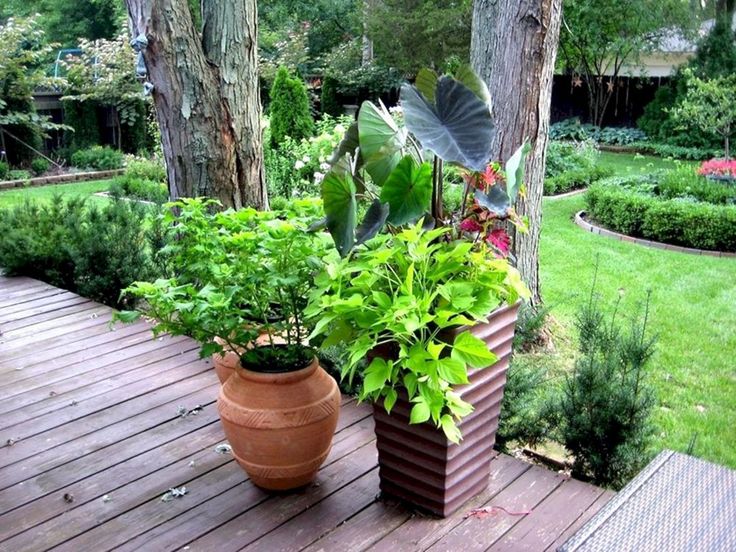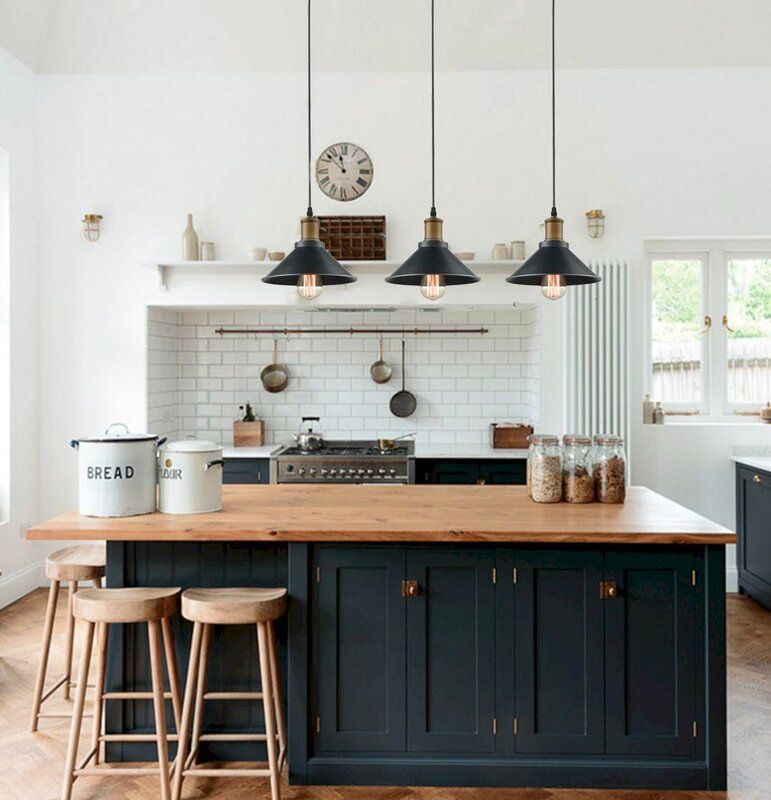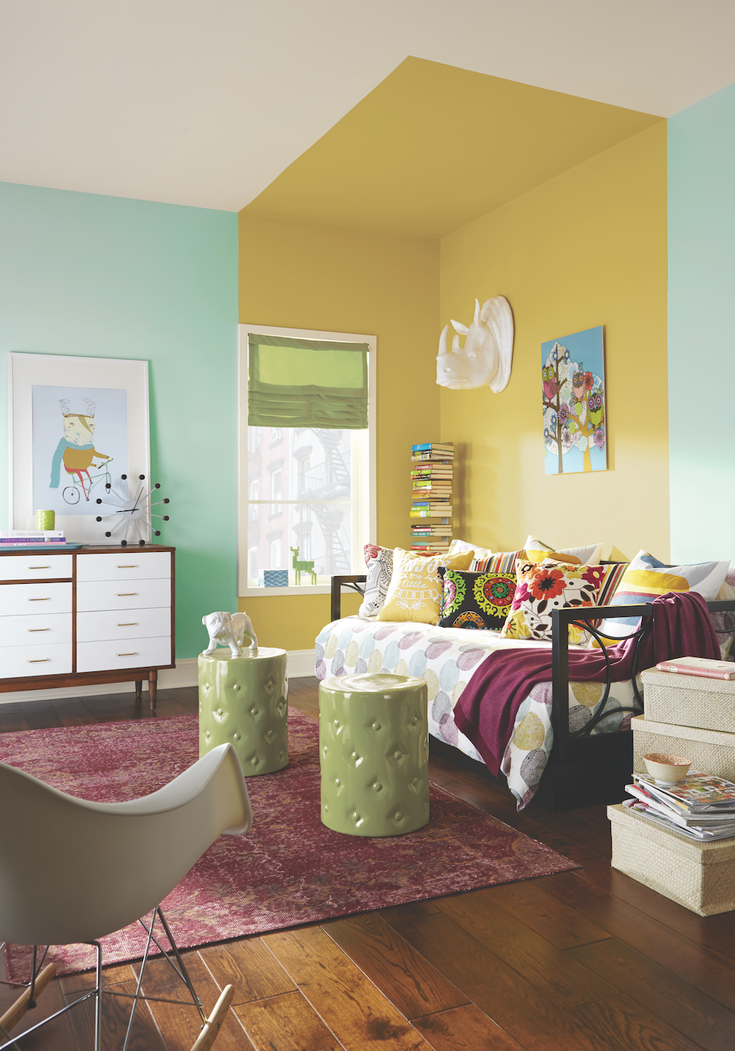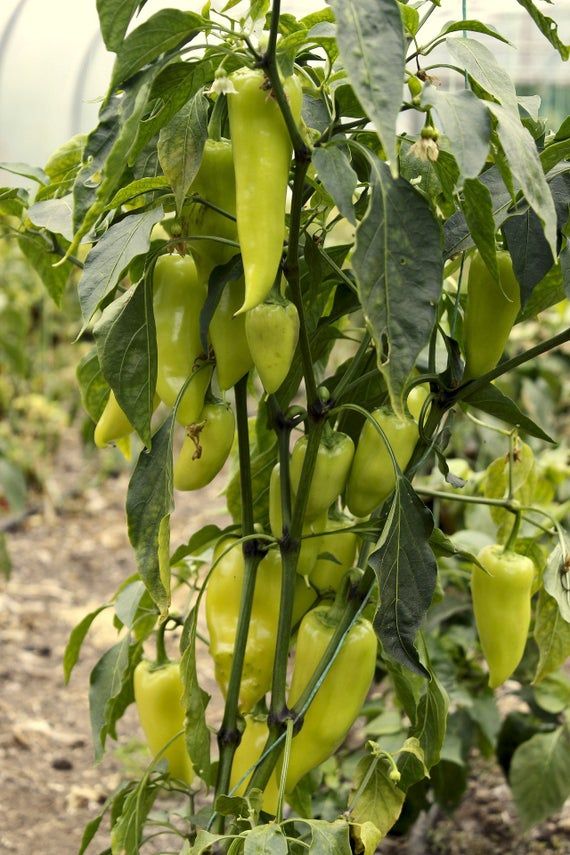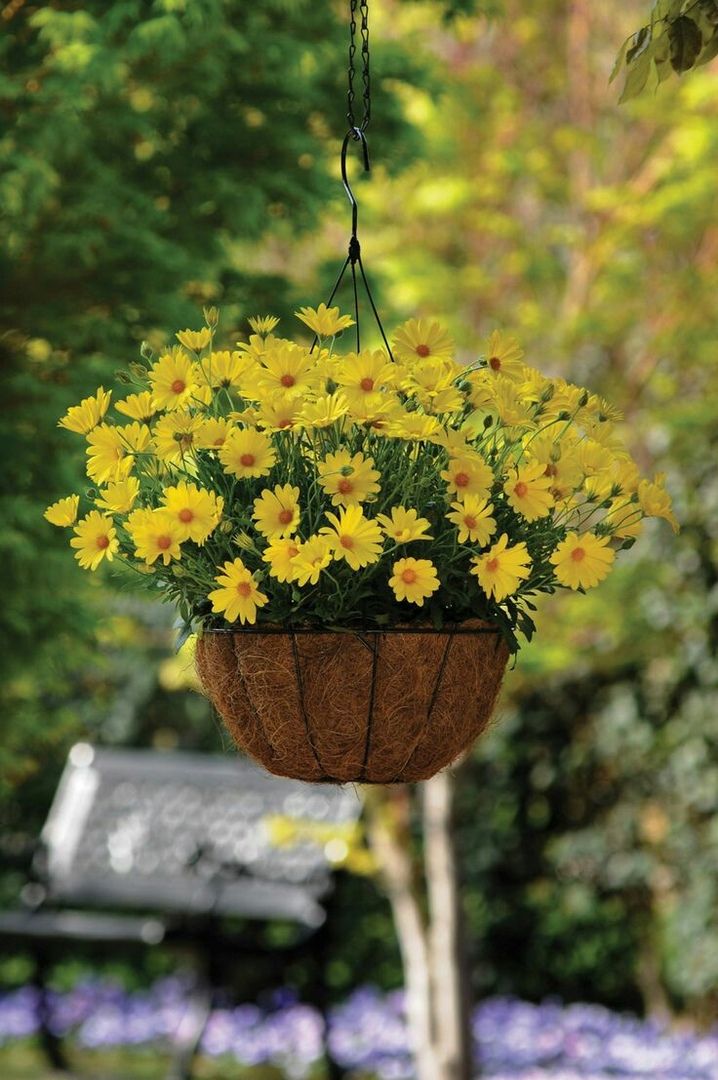Tree planting containers
Tips For Growing Trees In Containers
Planting trees in containers is becoming more popular, especially in landscapes with little or no outside space. You don’t need a large piece of property to grow a tree. If you have a porch, patio, or balcony, you can grow a tree in large container. Container-grown trees can be used to frame entryways or to provide interesting focal points. They are well suited to small spaces in the landscape such as patios and decks and can be used alongside other container-grown plantings as well.
Choosing a Container for Your Tree
Trees can be planted in regular, moveable containers as well as in large, permanent planters. Containers and planters for landscape trees are available in numerous styles, shapes, and colors. Containers should always complement their surroundings as well as the trees that are placed in them. The container should be large enough to accommodate the tree. Therefore, the mature size of the tree should be considered in order to choose a container with adequate space to accommodate both the growing tree and its roots. Containers should also be as wide as they are high in order to provide the best possible insulation to the roots.
The overall weight of a container is important too, and this should be taken into consideration as well. Not only is the weight of the container itself a factor, but take into account how much weight the soil, tree, and water will add to it, especially if the container will be used in areas such as balconies or rooftops, where structural weight capacity may be an issue.
- Clay pots are heavier than plastic, but are more stable in windy conditions, especially with larger trees.
- Terracotta pots provide weight for stability but should be frost resistant.
- Lightweight plastic pots are ideal if plants require moving or if they are located on balconies.
- Larger, heavier containers or planters can be used for trees that will remain as permanent fixtures year-round.
Drainage is another important factor when choosing a container. Always check the bottoms of containers to ensure that there are ample drainage holes for excess water.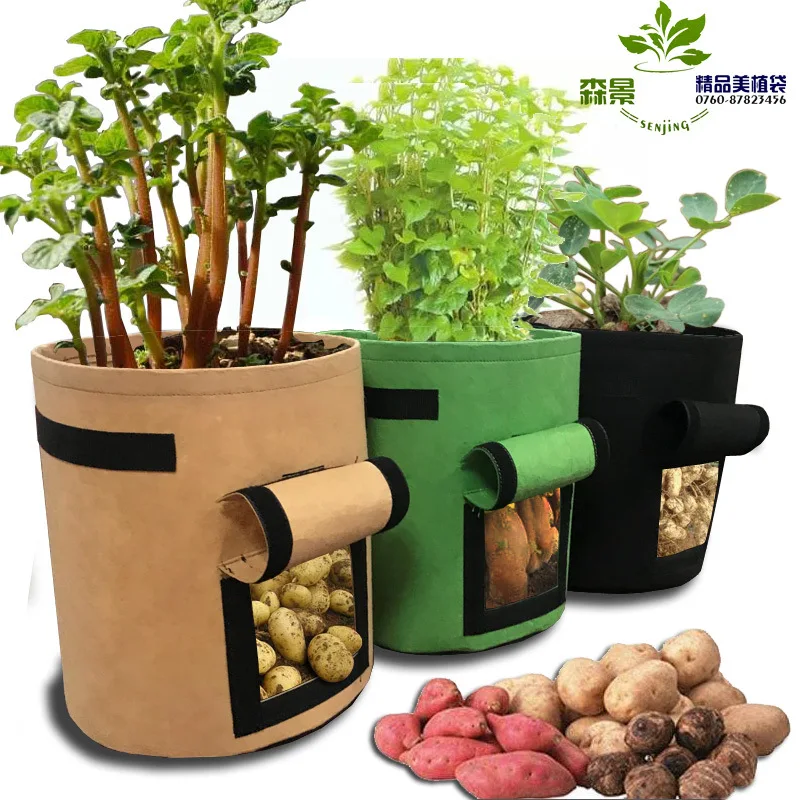
Using the Right Soil for Your Container Tree
Soil is very important to the health of trees. The soil should maintain sufficient aeration and drainage while retaining suitable amounts of moisture. Good container soil retains adequate levels of water without becoming waterlogged. Do not use soil directly from the garden or surrounding landscape. Regular soil may not drain well in containers and could be more prone to weeds, insects, and diseases. Instead, use soil-based compost. This is widely available at nurseries and garden supply centers, or you can make your own using premium potting soil and amending it with compost, sand, and perlite.
Caring for a container-grown tree is different from a tree growing in the landscape. They are more prone to drying out, therefore, container-grown trees need regular and thorough watering. Container-grown trees should be supplemented annually with slow-release fertilizer or use a liquid feed at regular intervals. Refresh the soil each spring by removing the loose, dry topsoil and replacing it with fresh, compost-enriched soil.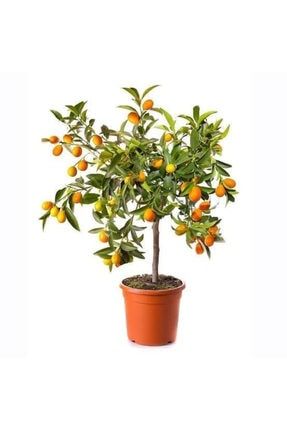
Tree roots in containers may also die during summer if the soil temperature becomes too hot, exceeding air temperatures. The heat from pavement can quickly cause the soil in containers to become excessively hot, burning the roots and drying out the soil. Windy conditions can also dry out container-grown trees. Therefore, containers should be placed in a sheltered location to protect the trees from extreme temperatures and wind.
Selecting a Tree to Grow in a Container
The greatest challenge in selecting trees for containers is in choosing those that are hardy enough to withstand extremes in temperature and can establish roots in a limited amount of soil. Temperature is one of the major determining factors. When trees are in the ground, the soil actually shields them from extremely cold temperatures. Tree roots are less cold hardy than the rest of the tree. As a result, the roots of trees that are planted in containers may die when temperatures drop below freezing. When the soil freezes, the roots cannot absorb water.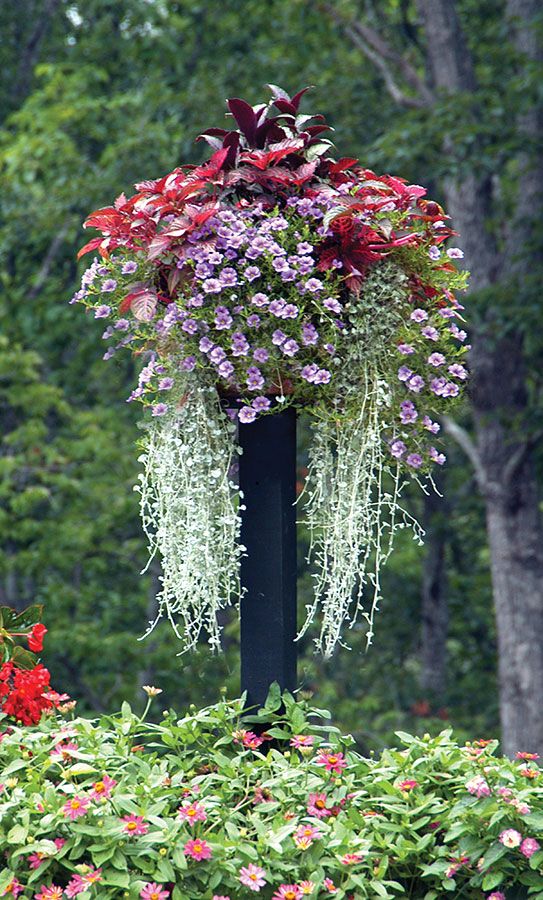
Choosing a suitable tree for a potted environment varies depending on its overall size, growing requirements, and location. Naturally, if the mature size of a tree falls on the small side, it is better suited for container growing. Smaller species and dwarf varieties are good candidates for containers. Trees that will remain situated in permanent locations should be chosen for their year-round appearance, size, and maintenance requirements.
Evergreens and nearly any other dwarf conifer can be grown in containers. Good choices include:
- Boxwood
- English yew
- Dwarf camellias
- Holly
- Dwarf Alberta spruce
Deciduous trees like Japanese maple, star magnolia, river birch, crepe myrtle, and many types of fruit trees also do well in containers.
Maintaining the Size of Your Container Tree
Trees should also be compatible to their container as well as their surroundings. Since the size of a tree is usually proportional to the size of its root system, containers, in most cases, will restrict its ultimate size.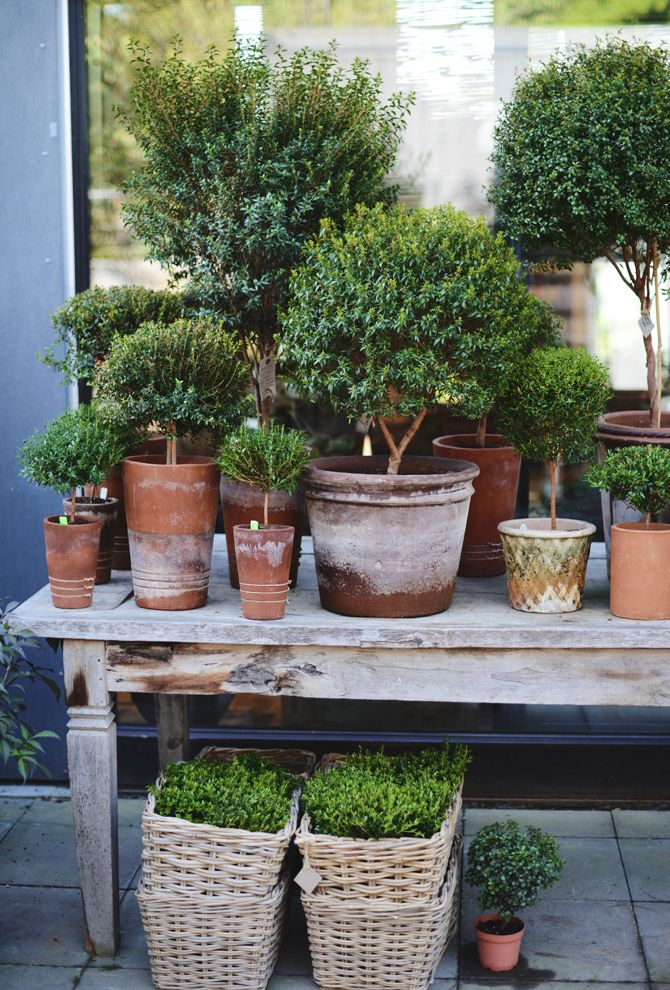 However, if a tree does begin to outgrow its container, there are options.
However, if a tree does begin to outgrow its container, there are options.
You can prune the roots back and replant it into the same container or transplant it in another location. Root pruning is a similar technique to bonsai and will help to keep the tree small. Remove the tree from its container, tease out and trim the roots, and then repot.
Rather than having to resort to the intense task of root pruning, you should consider transplanting the tree to a larger container or if space permits, within the landscape. Tender evergreen or citrus trees should be moved indoors for overwintering. Protect the tree roots from winter cold by keeping the container in a protected area or use an insulating material specifically designed for containers during the coldest months.
Definitive Guide To Growing Trees In Pots
Growing plants in containers is an easy way to add color, texture and size to your outdoor garden. Trees offer a sense of calm, beauty and wilderness to every landscape.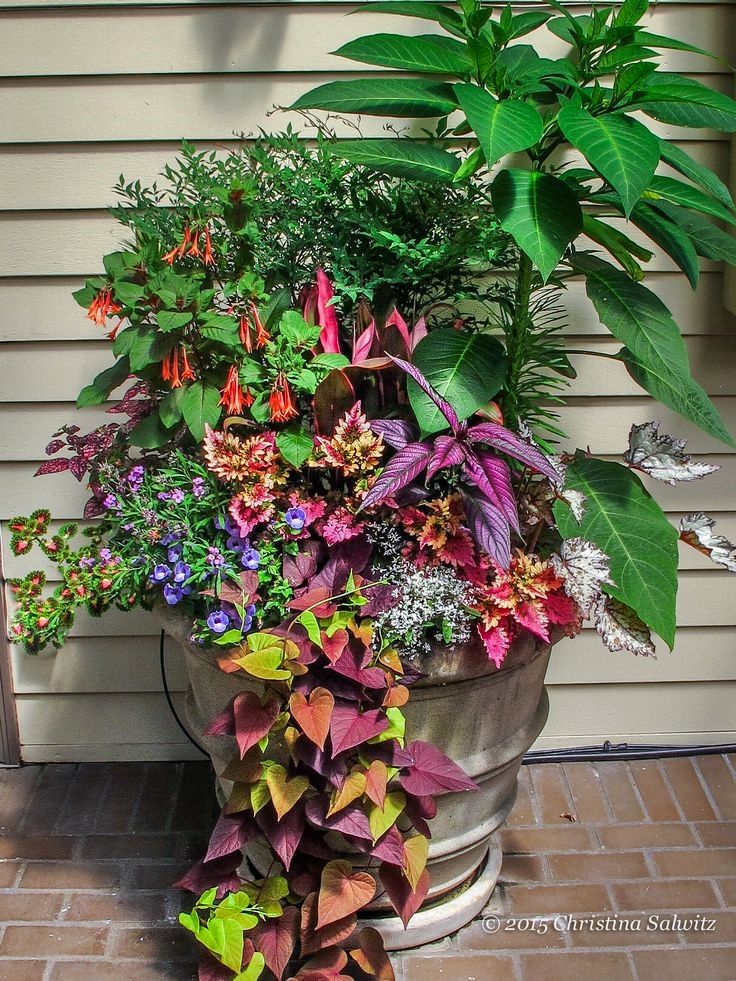 They can be used as part of the background or focal point of any garden design, either large or small.
They can be used as part of the background or focal point of any garden design, either large or small.
Containers come in different varieties: concrete, plastic, resin or clay pots are all excellent choices. Each type brings to the table different benefits. Choosing the right container is going to be just as important as choosing the right
Choosing which trees to grow in containers is not as simple as it sounds. There are many factors to consider before deciding on the tree that’s right for you.
Contents
What are some benefits of planting trees in containers?
There are many different reasons why you may want to do container planting instead of ground planting.
First, with container planting, you can take your trees inside during the winter to shelter them from frost, or during the summer to protect them from really hot weather. You can even take them with you when you move to a new house!
Second, it’s also handy to have a container-grown tree for decorating patios and decks, creating more usable outdoor spaces, and adding color, order, and texture to your garden.
Can you grow large trees in containers?
Yes, not just small trees, you can grow larger trees in containers too. A potted tree must be watered and fertilized more frequently than those planted directly in the ground, but they will thrive for many years if given proper care.
You can check out how large planters and greenery have helped to create a more visually appealing pool area in one of our projects
Large tree planters on driveway @ Taylor Made PlantersWhat types of trees grow well in containers?
There are hundreds of species that grow well in containers. Here is a list of
1. Dwarf Alberta Spruce (Picea glauca ‘Conica’)
A dwarf evergreen tree is known for its dense flurry foliage and conical growing shape. It grows to a height of 4-13 feet tall with a width of 3 feet. It is slow-growing and is commonly used as a Christmas tree in winter. This dwarf tree grows fine in a pot and prefers cold winters and mild summers.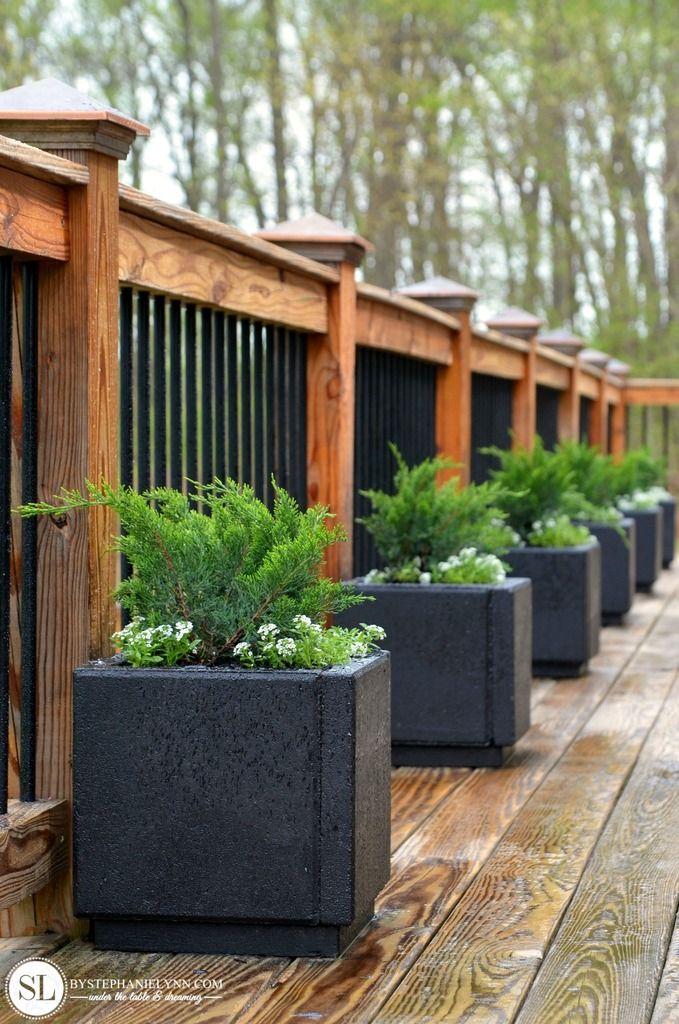
2. Loblolly Pine (Pinus taeda)
This is known for being one of the fastest growers among pine trees, which makes it perfect if your goal is to create a hedge or shade. It has bluish-green needles and grows at an average rate of 1 foot per year. The height of the loblolly pine is 25-30 feet and its width is 10-15 feet.
Pinus taeda @ LindasPhotography / Getty Images3. Eastern Redbud (Cercis canadensis ‘Forest Pansy’)
This beautiful tree has purple foliage in spring and shows off brilliant pink blooms in early summer, followed by heart-shaped seed pods in fall. Native to North America, the Eastern redbud is frost resistant and grows well in zones around 6b.
Eastern redbud @4. Dwarf Mugo Pine (Pinus mugo ‘Mughus’)
This is a slow-growing evergreen conifer with short green needles and covered with white dots, which give it an interesting appearance. It grows to a height of 5 feet and a width of 10 feet.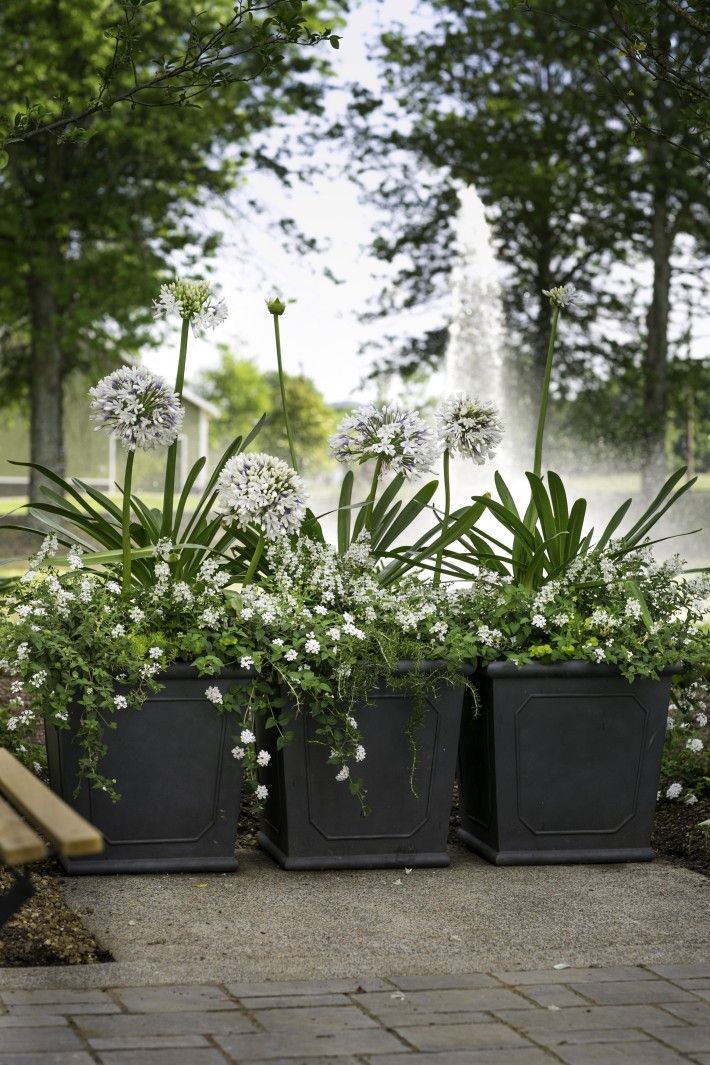 This dwarf variety is slow-growing and takes about 10 years to reach a mature size.
This dwarf variety is slow-growing and takes about 10 years to reach a mature size.
5. Blue Spruce (Picea pungens ‘Glauca’)
This evergreen conifer is well-known for its short dark green needles and silvery-blue color that makes it a gorgeous addition to any landscape. It grows up to 30 feet high with a width of 15 feet and is perfect for USDA zones 1 to 7.
Picea pungens ‘Glauca’ @ Internet6. Indian Hawthorn (Rhaphiolepis indica)
Native to China, this evergreen shrub has green foliage throughout the year and pink flowers in late spring. It is tolerant of full sun, partial shade and can survive drought conditions. It grows 5-7 feet high with an equal spread and is absolutely stunning when used for decor and landscaping. The Indian Hawthorn prefers USDA regions of 8 to 11.
Rhaphiolepis indica @ TY Nursery7. Dwarf Japanese Maple (Acer palmatum)
Depending on the cultivar, a dwarf Japanese maple can mature at about 6-8 feet.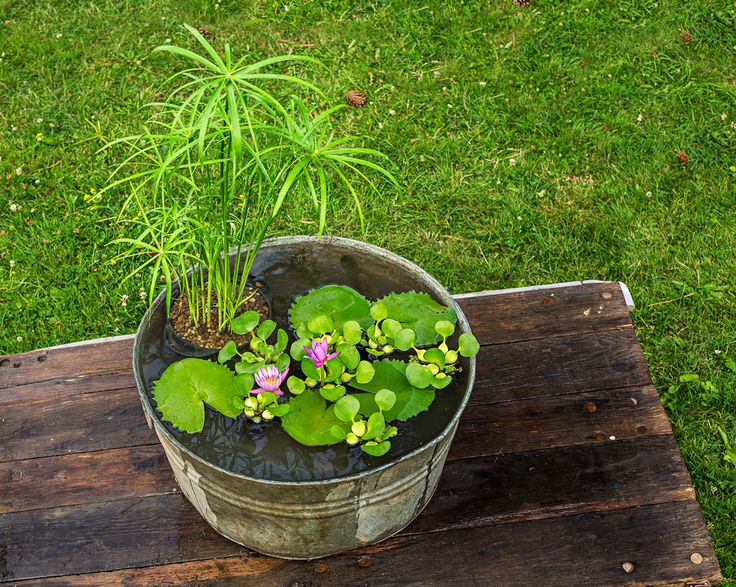 In general, the dwarf variety is one of the most spectacular trees with leaves of jaw-dropping red and profuse branching. They are great for adding the wow factor to your container garden.
In general, the dwarf variety is one of the most spectacular trees with leaves of jaw-dropping red and profuse branching. They are great for adding the wow factor to your container garden.
8. Orange tree (Citrus sinensis)
For something more exotic, try an orange tree. There are many fruit trees you can grow outside, but nothing is juicier than an orange tree. As long as basic care requirements are met, such as water and light, they are relatively easy to care for. Though they aren’t frost resistant, you can always bring them inside during the winter.
Citrus sinensis in containers @ InternetWhat small trees grow well in pots?
There are many trees that are small enough to grow in small gardens or even indoors. Most dwarf varieties of common outdoor trees are well suited to grow indoors. Some other popular favorites include:
- Fiddle Leaf Fig (Ficus lyrata)
- Yucca (Yucca elephantipes)
- Rubber Plant (Ficus elastica)
- Calamondin Orange Tree (Citrus mitis)
- Jade Plant (Crassula argentea)
- Parlor Palm (Chamaedorea elegans)
- Dumb Cane (Dieffenbachia)
- Weeping Fig (Ficus benjamin)
Palm trees are a fan favorite, and a personal favorite too.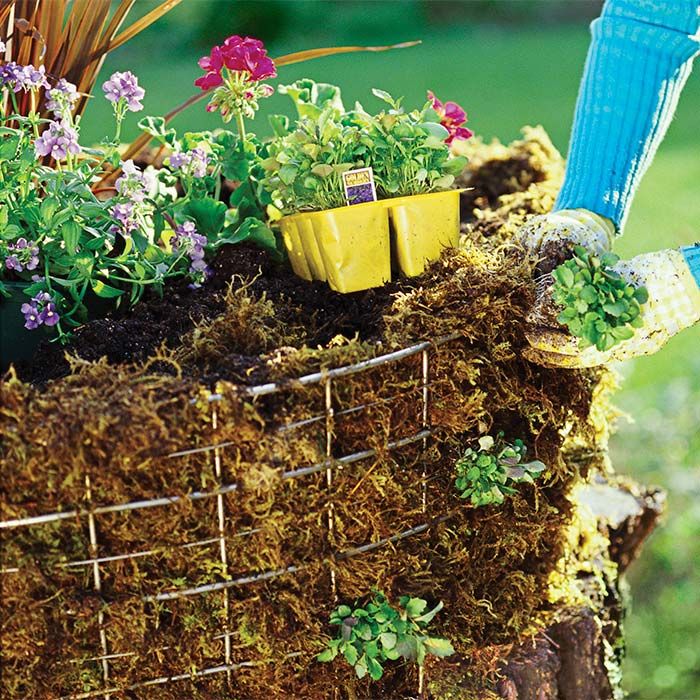 Check out why in our full guide on Indoor and outdoor palm tree landscaping.
Check out why in our full guide on Indoor and outdoor palm tree landscaping.
What are the best-potted trees for privacy?
The best containerized trees for privacy are those that grow tall and have dense bushy foliage. They block the view of your home from neighbors and passersby, giving you a serene outdoor oasis to relax in. The most common are:
- Leyland Cypress Tree.
- Emerald Green Arborvitae.
- Flowering Dogwood Tree.
- Thuja Green Giant.
How tall can trees grow in containers?
There are many different types of container-grown trees, and just because you grow trees in pots doesn’t mean your tree won’t get very tall. In fact, a well-cared-for tree can grow naturally to reach its full height potential.
Though growing trees in a container can limit its growth. As the roots grow they will run out of space and become root-bound or ‘pot bound’.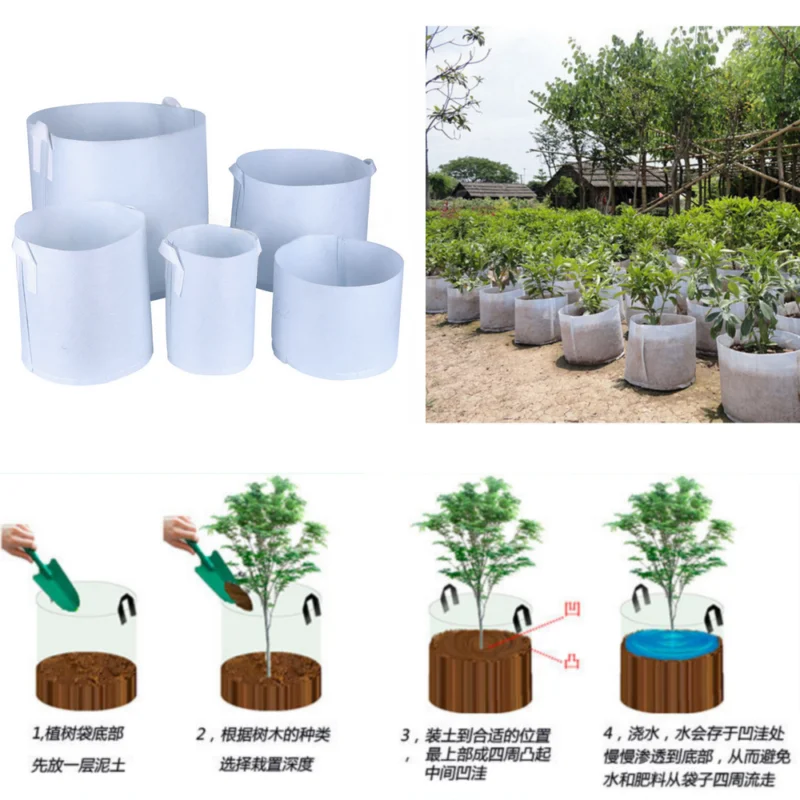 This will stunt the tree’s growth to a certain extent.
This will stunt the tree’s growth to a certain extent.
Another technique is root pruning. This is usually done to limit the mature size of your tree and produce smaller trees. For root pruning, gently pull the plant out of the soil and use a sharp knife to trim the roots and replace in the existing pot.
If you are after a tall tree, large pots are said to encourage up to 40% more growth! So, it’s important to choose a container that is able to accommodate both the growing tree and its tree roots.
Root pruning @ v_zaitsev / Getty ImagesMaintenance tips for growing trees in planters
What are some rules I need to follow when watering my potted trees?
The amount of water that your container-grown trees need will depend on many different factors, such as whether or not it’s in direct sunlight, wind conditions and temperature. As a general rule, though, you should water your plants thoroughly when the soil is completely dry.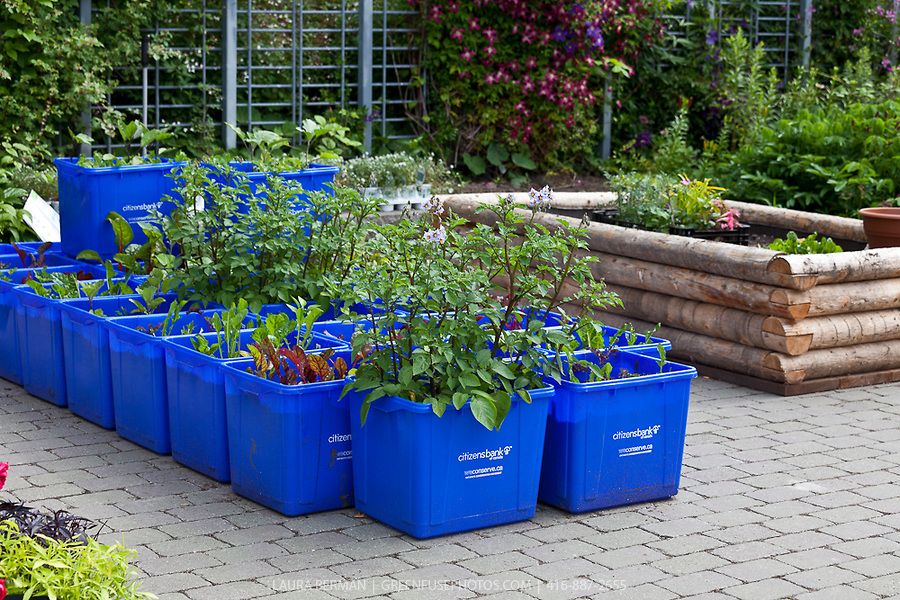
How should I fertilize my potted plants?
Fertilizer is important for the growth of plants as tree roots absorb the missing nutrients from the existing soil. The easiest way to go about fertilizing containerized plants is by preparing a nutrient solution and pouring it over the soil mix.
Once you’ve selected a fertilizer (make sure you use an organic one!), you’ll need to apply it about once every two weeks for container-grown plants.
Warning: Young trees are quite vulnerable when it comes to fertilizing and chemicals, so make sure you do it at their peak growing cycle – usually in spring.
Fertilizing potted rhododendron with granulated fertilizer @ ronstik / Getty ImagesWhat is the best type of fertilizer for container-grown trees?
Container-grown trees should be supplied with an annually added slowly released fertiliser.
It’s important to choose a fertilizer that’s high in phosphorus, which stimulates root development. There are many different types of container-grown tree fertilizers available at your local garden center, but there are also organic alternatives available that are much safer for your plants, yourself, and your family.
There are many different types of container-grown tree fertilizers available at your local garden center, but there are also organic alternatives available that are much safer for your plants, yourself, and your family.
How do you prepare fiberglass and plastic containers for planting trees?
1. The first thing you need to do is clean out the plastic pots and remove any stickers or labels. If there are any cracks, it’s time for a new planter since those will only get bigger as your tree grows.
2. Fill the bottom of the container with enough potting soil that it is three inches below where your tree will sit.
3. Remove your tree out of its current container, gently shaking off the loose soil. Make a hole in the center of the potting mix that’s about 2 inches deep. Place your tree into this hole and fill in around it with more dirt until the roots are completely covered.
4. Water deeply to help settle all of the soil. You don’t want loose dirt because the roots may grow up and out of the soil, then you’ll have to re-pot it.
5. Add a thin layer of mulch around the top of the planter to help retain water and prevent weeds from growing in your container garden.
Use the right soil for your container tree
The care for a container-grew tree is different from a tree planted in the land. They are more susceptible to drying out and need regular and thorough watering.
Regular soils may not drain well in containers and are prone to weeds, insects and diseases. Instead use a soil mix of compost, sand, and perlite. Refresh soil each spring by removing loose, dry top soil and replacing it with fresh compost-enriched soil.
Gardening scoop and soil @ Free-Photos / pixabayWhere do I put trees in pots if they are going to be outside?
The best place to plant container-grown trees is in a sunny location that gets around 6 hours of sun a day. Also consider if you want your tree as privacy barrier or for shade, or simply just for decoration.
How big should my planter be for a tree?
For trees, you’ll need a planter box that’s at least twice the width and depth of the root ball.
As the trees grow taller, so does their tree root ball. In order to accommodate some growth, calculate that you’ll need to move them to a larger container every 2-3 years in a pot that’s 4 inches larger.
If you are planting multiple trees in the same container, then they should have at least 4 feet of space between them.
Jay Scotts fiberglass containers in different sizes @ Jay ScottsHow long can a tree live in a container?
Trees can live in a container for as long as they are healthy and happy. If you follow the proper steps to ensure your tree’s health, it could stay in the same pot for 20 years or more.
Container-grown trees aren’t meant to be grown forever, though some types of trees may outlive their planters. This is why it’s a good idea to have a plan to re-pot your tree every few years. Making this switch will allow your container trees to grow taller and stronger, so you’ll get more out of them before it’s time to say goodbye.
Making this switch will allow your container trees to grow taller and stronger, so you’ll get more out of them before it’s time to say goodbye.
Weather to watch out for
The heat from the pavement can rapidly cause the soil in containers on the road to get excessively warm, burning the roots and drying the soil. Windy conditions can also dry containers even in a protected area.
In colder areas, consider buying a tree that is frost-resistant, or bring your tree inside during harsh winters. Make sure your pot has good drainage holes. If there is excess water in the pot, it can freeze and cause damage to the tree’s root system.
What are the best containers for trees?
The best pots for trees are the ones that are strong and durable enough to be outside in the elements for years and still look great. Clay pots are heavy and more sturdy while lightweight plastic pots are not able to withstand windy conditions.
Our planters, however, do just the job. They are made of heavy-duty fiberglass resin that’s weatherproof, fade-resistant, and don’t rust because they are made of fiberglass!
Tree in fiberglass planter @ Jay ScottsWith these handy tips, buying guide, and planter cheatsheet, you’ll be ready to grow your very own miniature forest within no time. If commercial gardening is your thing, take a look at our large container guide to landscaping.
Or, if you are ready to get stuck into container gardening with trees, it’s time to check out our product range.
Mobile garden: growing plants in a container
Increasingly, container groups with trees and shrubs can be seen in the landscape of the garden, which can be mobilely rearranged to the peak of the highest decorativeness of the plant, making the accent of the composition. Plants in containers are often used to decorate stairs and flights of stairs, landings and patio gardens. This article answers questions about growing trees and shrubs in containers.
Plant assortment for container growing
Speaking about growing ornamental plants in a container, I would like to note that absolutely all plants are suitable for this, except for tall giants.
Hydrangea macrophylla is the absolute leader in container growing - this flowering shrub does not tolerate cold winters, so the plant is often planted in containers to reduce the risk of damage to the root system during endless transplants of plants from open ground to the greenhouse. Along with hydrangea, rhododendrons, honeysuckle and roses grow well in container culture.
Quite often, boxwood is planted in containers - this evergreen plant keeps its shape perfectly, grows very slowly, so a ball cut from a boxwood bush will retain its charm and grace for a long time. Garden topiary from boxwood in a container is not uncommon, for these purposes they use euonymus, which allows you to quickly get the desired figures, because the plant, unlike boxwood, gives good annual growth.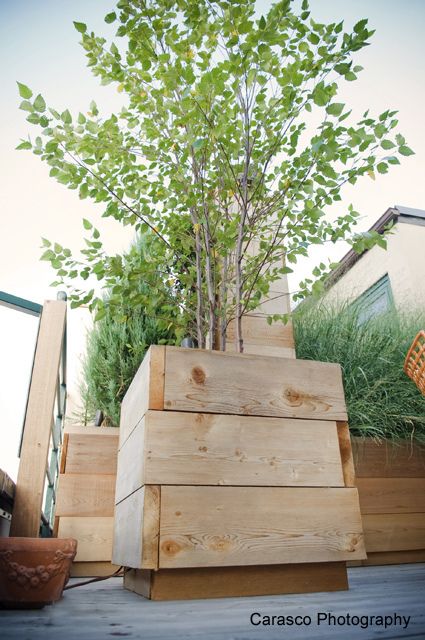
Fruit lovers can be advised to grow columnar apples, pears, plums and other miniature fruit trees in a container. During the fruiting period, elegant trees can be set along garden paths or in a group on the lawn. A columnar apple tree in a container will decorate a balcony or loggia, a winter garden and a patio garden.
Experiments on growing ornamental trees and shrubs in a container will definitely succeed if you follow the agrotechnical rules for plant care, which we will discuss below, but the advantages of this method are obvious:
- Mobility - if necessary, containers can be changed in a short time in some places, rearranged to another place, which creates a lot of opportunities to create garden compositions of unique beauty.
- Independence from climatic conditions - even in areas with a harsh climate, you can plant heat-loving plants in a container and decorate or decorate a garden. With the onset of frost, the container is simply transferred to a greenhouse or conservatory, and the plants continue to develop in order to please with flowering and fruits next year.
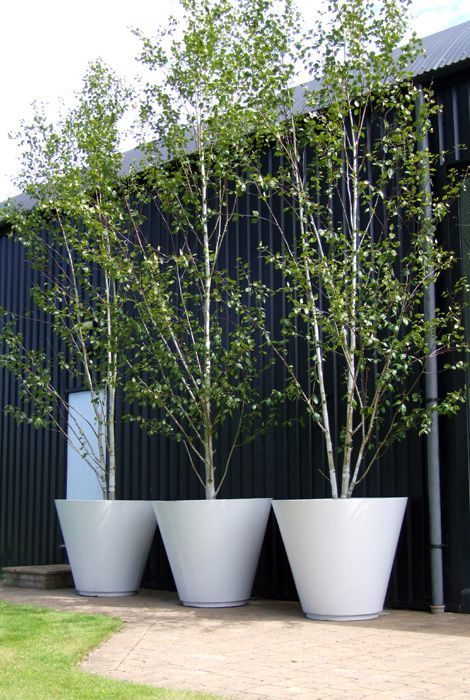
- Decorative - plants planted in a container acquire additional beauty and elegance, especially garden topiary.
Planting trees and shrubs in a container
First you need to choose a container for planting. It can be ceramic, wood, or plastic, but try to avoid black, especially if you plan to place the containers in a sunny area. The black color absorbs the sun's rays, the container will get very hot, which will lead to overheating of the root system. As for wooden containers, you should be aware of their fragility.
Important! There must be drainage holes in the bottom of the container, through which water can flow when watering. If holes are not provided, the first rain will turn the soil in the container into a swamp, the roots will rot, and the plant may die.
A drainage layer of broken bricks, expanded clay, pebbles or coarse sand must be laid on the bottom. The height of the drainage layer depends on the type and age of the plants, but should not be less than 5 cm.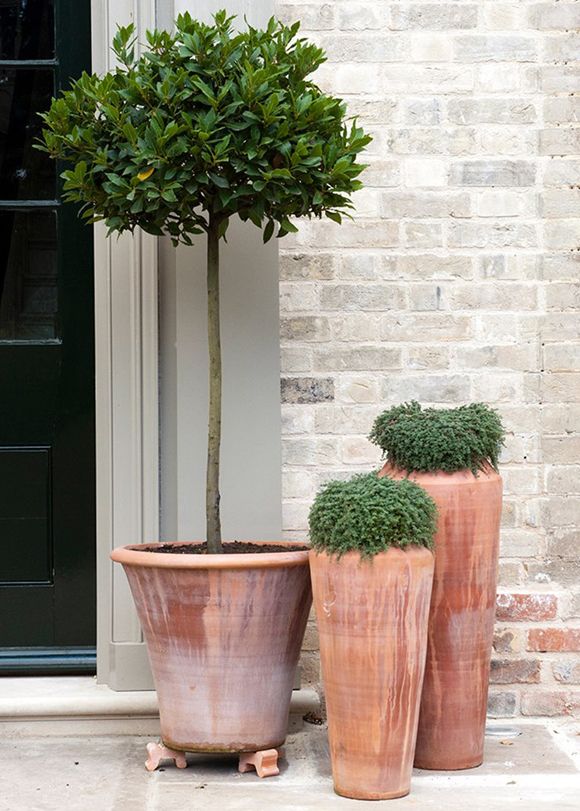 So for rhododendrons, conifers and hydrangeas, a peat-based substrate with the addition of coniferous and leafy soil is suitable. Fruit crops need nutrient soil based on soddy land with the addition of sand and humus.
So for rhododendrons, conifers and hydrangeas, a peat-based substrate with the addition of coniferous and leafy soil is suitable. Fruit crops need nutrient soil based on soddy land with the addition of sand and humus.
A starter fertilizer for a specific crop can be applied to the soil. Ready-made starter fertilizers can be purchased at garden centers. At first, nutrients will flow to the tree transplanted into the container, providing uninterrupted power. If there is no starting fertilizer, double superphosphate (granular) can be added under all flowering crops.
Important! When planting in a container, it is important to prune the taproots that grow deep down by ¼ or 1/3. Thanks to this pruning, lateral suction roots begin to develop.
Planting in a container can be carried out in early spring. Follow the position of the root collar when planting plants, guided by the recommendations for this group of seedlings.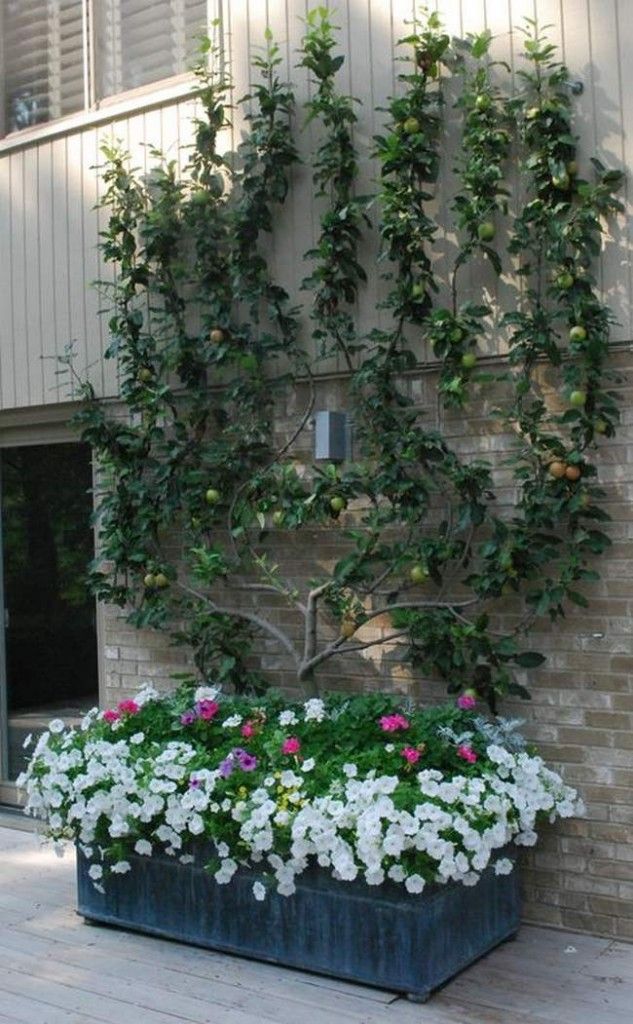 Excessive deepening can inhibit the development of the plant.
Excessive deepening can inhibit the development of the plant.
Caring for plants in a container
Caring for trees and shrubs in a container should be done with particular care:
- Watering - uniform and regular. Remember that in summer a small amount of soil in a container dries up quickly, which negatively affects plants, especially moisture-loving species.
- Loosening the soil - only light superficial, because the whole earthen ball is densely entangled with lateral roots, which are easily damaged during loosening.
- Pruning - Formative pruning of container plants comes to the fore when creating an ornamental tree. Several times over the summer, the shape of the crown improves, so do not be afraid of pruning, false pity will lead to the appearance of disheveled and lopsided specimens.
- Disease and Pest Control - Container plants are often inspected for infestation by infectious diseases and pests. At the first signs of disease, it is necessary to immediately treat trees and shrubs with special preparations.
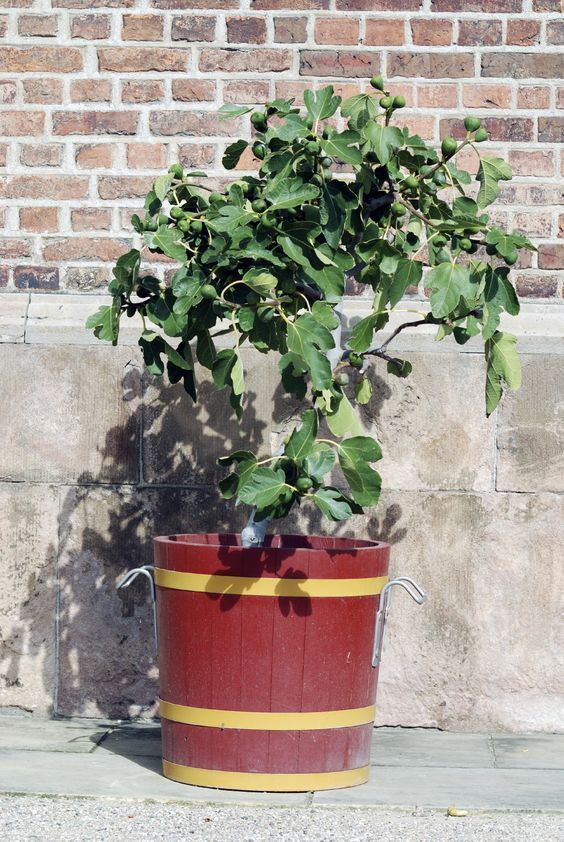
- Top dressing - when watering, useful substances are quickly washed out of the container, so it is worth systematically fertilizing the plants. In the first half of summer, emphasis is placed on nitrogen compounds, then potash-phosphorus fertilizers are applied under the root. Microelements can be used as foliar top dressing.
Absolutely any plant can be grown in container culture, it just takes a little experimentation.
Published: 07 Jun 2020
Views: 11677
(Votes: 0, Rating: 0)
Share with friends:
what and in what to grow
balconies, terraces. Basically, flyers are used for these purposes - and this is justified: bright, abundant flowering all summer, and you don’t have to think about what to do with them in winter. Woody plants in containers are no less interesting, but so far not very common.
Woody plants in containers are very interesting, but not yet common
Woody plants in containers
To decorate with standard roses or other ornamental woody plants in containers next to the house means to create the atmosphere of a mini-garden. Container plants, unlike those planted in the ground, are mobile. They can be moved, forming different compositions, including not only plants, but also stones and sculpture.
Container plants, unlike those planted in the ground, are mobile. They can be moved, forming different compositions, including not only plants, but also stones and sculpture.
With the help of trees in containers, you can create a mobile mini-garden near the house. For example, trees ornamental almond or forsythia are fabulously spectacular during flowering, but after flowering they are unremarkable.
It cannot be said that the fashion for trees in containers appeared recently. For example, one of the elements of the manor estates of the past is tubs with trees, and not only indoor subtropical ones ( lemons , coffee ), but also with pears , grapes , apricot , Persians ...
In containers you can grow relatively heat -loving species - stamping roses , Patruming palm trees. and others, which often freeze to the level of snow.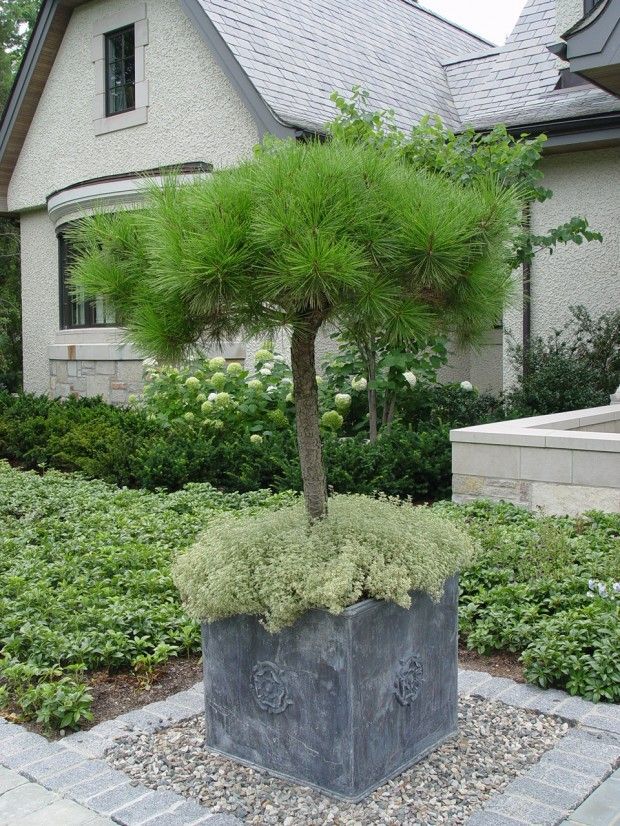 In winter, they need a dormant period, so they cannot be kept in a warm room. In the open ground, they are covered for the winter, sometimes it is quite laborious. Containers are easier. You can put it together with the plant in the finished hole, without injuring the roots, put it in a cool, but not freezing basement or garage. In this case, the container makes it possible to admire the plants characteristic of the more southern zones in summer.
In winter, they need a dormant period, so they cannot be kept in a warm room. In the open ground, they are covered for the winter, sometimes it is quite laborious. Containers are easier. You can put it together with the plant in the finished hole, without injuring the roots, put it in a cool, but not freezing basement or garage. In this case, the container makes it possible to admire the plants characteristic of the more southern zones in summer.
Trees in containers are not uncommon on the streets of European cities
Especially often trees in containers can be seen on the streets of European cities. True, usually water is supplied to each such container for automatic irrigation, and the winters are warm - there is no need to protect the plants from frost.
But not all plants tolerate container growing conditions well. If there is no automatic watering, then drought and heat tolerant varieties are preferable, with a compact root system that responds well to pruning, which maintains a balance between the underground and aboveground parts of the plant.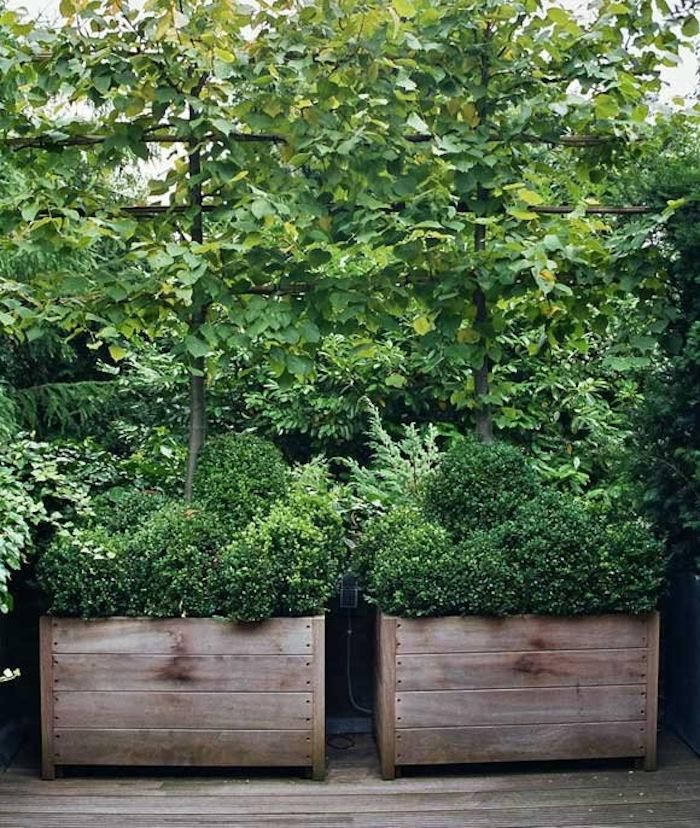 This balance and feeding helps him to endure unusual conditions.
This balance and feeding helps him to endure unusual conditions.
In containers you can grow heat-loving drought and heat-resistant species
All kinds of spicy- lavender , Timyana , drought-resistant dwarf shrubs and miniature trees , obtained by vaccination, and well, well, they look good due their conditions.
At one time there was an opinion that indoor plants also need a change of scenery and it is better to take them outside in summer. However, outdoor conditions can be detrimental to them. A sharp change in temperature, lighting leads them to stress. In addition, some plants even react to the usual rearrangement or turning over of a pot or tub by dropping buds (as lemon , for example).
Ads byContainers
In order to remove heat-loving species for the winter and move them from place to place, it is better that the container is light, plastic.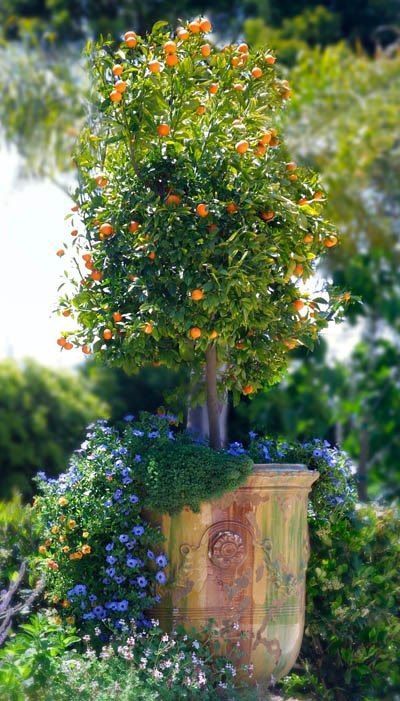 Usually is used in two containers - the inner one, in which the plant is located, and the outer one - a decorative planter (ceramic, wooden, clay, etc.).
Usually is used in two containers - the inner one, in which the plant is located, and the outer one - a decorative planter (ceramic, wooden, clay, etc.).
The type, volume and material of the container also matter
Between these two containers, an air gap is formed, which helps to protect the roots of plants from overheating. In addition, when watering, excess moisture is stored inside.
The color of the container also matters. Blacks warm up faster than whites in hot weather, and plants can experience temperature stress. The shape of container is also important: some plants have round roots at the bottom; to avoid this, it is recommended to use square ones.
Drying out of a clod of earth is one of the problems when growing plants in containers. To reduce the evaporation of moisture, the ground is mulched with various materials - from a scattering of small stones to pine bark and pine nut shells.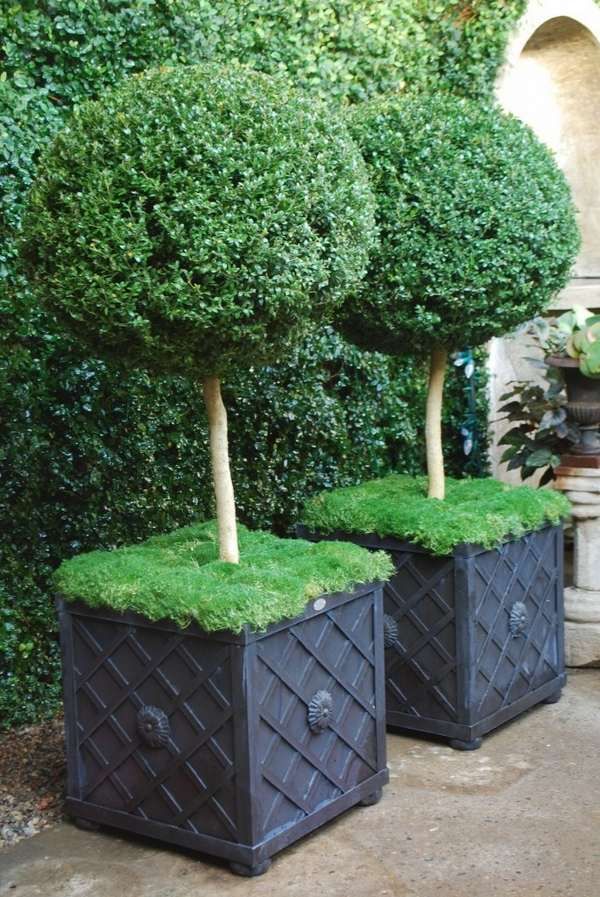
More benefits
Containers can be useful when forcing plants. In autumn, having planted lilac , forsythia , bean , genomeles in a container , let them enter the dormant stage, then bring them into the house in December and, having created conditions for good lighting, heat and watering, you can see them blooming .
Some plants do not tolerate transplantation well - oaks , magnolias . For subsequent planting in a permanent place, it is better to grow them in containers.
Plants in containers allow you to get creative in your garden
Plants in a container allow you to get creative in your garden. For example, you do not always immediately imagine the composition of the purchased plants, you cannot see how they will fit into the garden environment. Container trees and shrubs can be rearranged as you like until you achieve the desired effect, and after that they can be planted in the ground. ), cotoneaster horizontalis ( Cotoneaster horizontalis ), shrub cinquefoil ( Potentilla fruticosa ), Japanese spirea ( Spiraea japonica ).
), cotoneaster horizontalis ( Cotoneaster horizontalis ), shrub cinquefoil ( Potentilla fruticosa ), Japanese spirea ( Spiraea japonica ).
Plants in containers are in some cases indispensable
Weeping forms common larch , Japanese , dwarf varieties common spruce , Canadian0030 , mountain pine , varieties western thuja - a great decoration for paved areas. Provided pruning, decorative varieties Belo Belo ( Cornus Alba ) 'Aurea' , 'Spaethii' , 'Elegantissima' 9 '`` venue 9003 ( Acer NEGUNDO 9003 can be included in compositions.
Miniature grafted forms look original, especially in combination with coniferous dwarfs. They are easier to pick up in proportion to the size of the container.